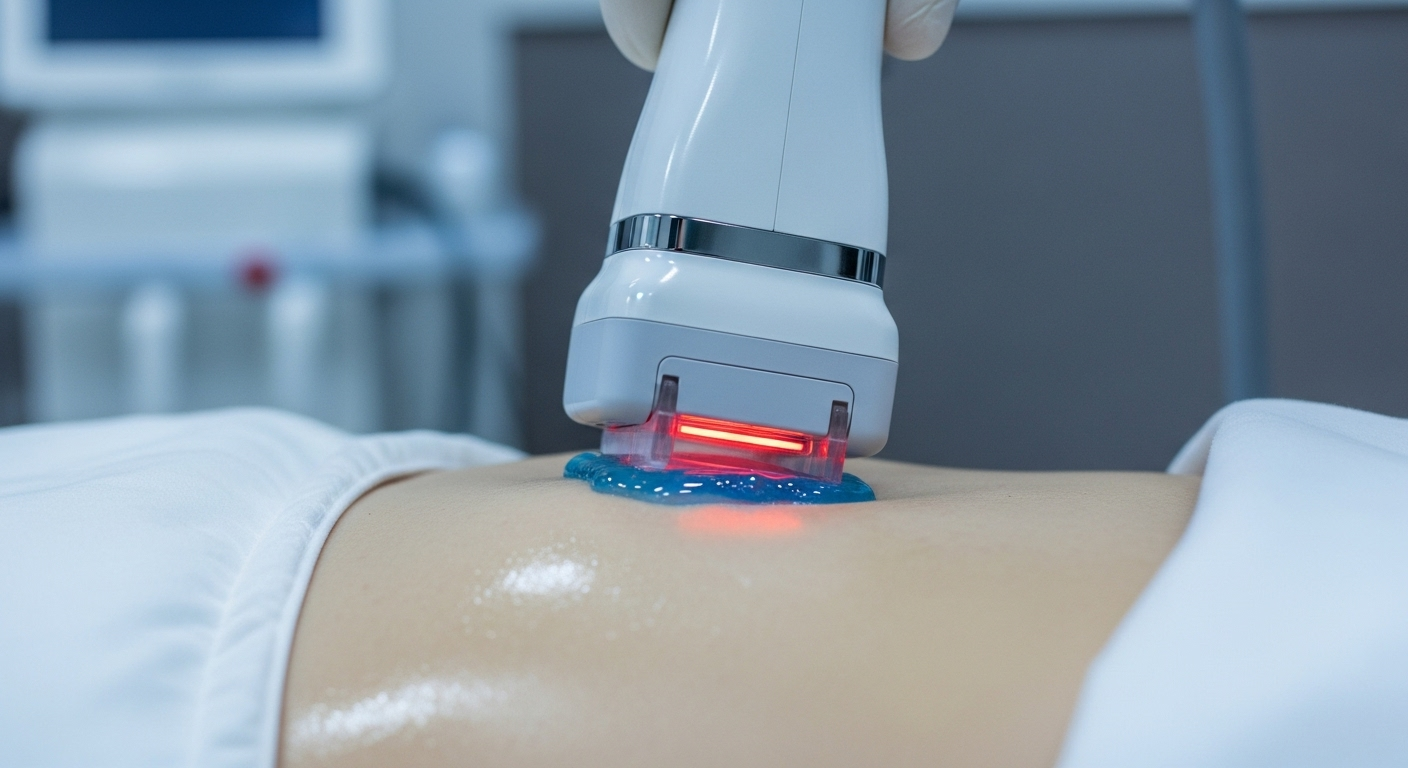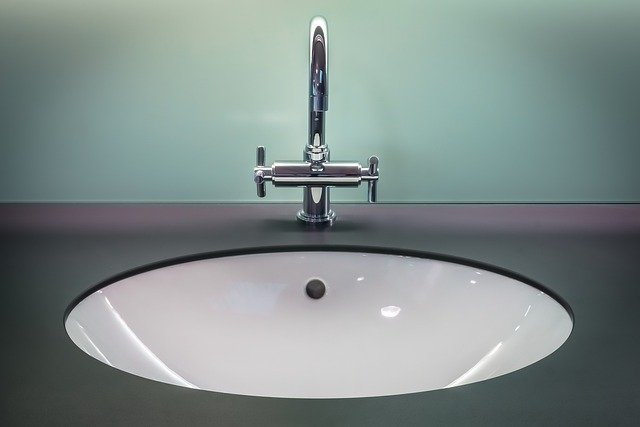Laser Skin Rejuvenation: Renew, Smooth, and Glow
Explore how laser skin treatment delivers non-invasive rejuvenation by using focused light to stimulate collagen and correct pigmentation, acne scars, and fine lines. Learn about different laser types, what to expect during sessions, likely recovery, and typical costs to decide if this advanced skin solution is right for you.

Laser therapies have changed the landscape of cosmetic dermatology by offering precise, minimally invasive ways to refresh the skin. Using calibrated light energy, modern laser treatments tackle a range of concerns—from faint lines to stubborn pigmentation—while encouraging the skin’s natural repair mechanisms for longer-term improvement.
How Laser Skin Rejuvenation Works
Lasers work by delivering concentrated light at specific wavelengths to targeted areas. That energy is absorbed by skin components such as water, melanin, or hemoglobin, producing controlled thermal injury. These micro-injuries aren’t accidental; they’re designed to activate the body’s repair cascade, prompting fibroblasts to generate new collagen and elastin. Over weeks to months this renewed structural support reduces fine lines, firms lax skin, and improves texture.
Different devices vary in depth and intensity. Some affect only the deeper dermis while leaving the surface intact; others vaporize the outermost layer to remove sun-damaged tissue. Because lasers can be tuned to particular chromophores and depths, practitioners can tailor treatments to individual skin types and concerns.
Which Skin Issues Can Be Treated?
Laser procedures are versatile and can address many common and complex problems, including:
- Fine lines and wrinkles
- Sunspots, age spots, and uneven pigmentation
- Acne scars, surgical scars, and other textural imperfections
- Uneven tone and rough skin texture
- Enlarged pores
- Visible blood vessels, rosacea-related redness, and broken capillaries
This ability to target specific issues makes laser therapy an attractive option for those seeking noticeable improvement without invasive surgery.
Types of Laser Treatments Explained
There are several categories of devices, each suited to particular goals and recovery preferences:
-
Ablative lasers: These remove the surface layer of skin (epidermis) and heat the underlying dermis. By resurfacing the area and stimulating robust collagen remodeling, ablative lasers are effective for deeper wrinkles, pronounced scarring, and extensive sun damage. Recovery tends to be longer, but results can be dramatic.
-
Non-ablative lasers: These bypass the epidermis and deliver heat beneath the surface to encourage collagen production without removing the outer layer. They’re generally better for mild to moderate issues and involve shorter downtime, though multiple sessions are usually required.
-
Fractional lasers: Fractional systems treat only a grid of micro-areas across the skin, leaving surrounding tissue intact. This targeted approach speeds healing while still prompting significant collagen growth. Fractional devices can be either ablative or non-ablative.
-
IPL (Intense Pulsed Light): Technically not a laser, IPL uses broad-spectrum light to target pigment and vascular concerns. It’s commonly used for age spots, sun damage, and redness but may require a series of treatments for best results.
What to Expect During a Treatment
A visit typically begins with a consultation to evaluate your skin, medical history, and desired outcome. The practitioner will recommend a device and a schedule of sessions that match your goals.
During the procedure you might feel snapping or prickling sensations as pulses are delivered. Many clinics use topical numbing or integrated cooling systems to improve comfort. Treatment time varies by area and technology—small spots can take 15 minutes, whereas full-face resurfacing may take an hour or more.
Immediately afterward, redness, swelling, and mild warmth are common. For ablative procedures, flaking and crusting can occur as the skin heals. Non-ablative and light-based treatments tend to have lighter, shorter-lived side effects. Following post-procedure guidelines—sun avoidance, gentle cleansers, and prescribed topical products—helps optimize healing and results.
Costs and Planning
Costs depend on the device, the treated area, the practitioner’s expertise, and how many sessions are needed. Below is a representative comparison to illustrate typical ranges.
| Treatment Type | Average Cost per Session | Typical Sessions Needed |
|---|---|---|
| Fractional CO2 Laser | $1,000 - $2,500 | 1–3 |
| Non-ablative Laser | $300 - $800 | 3–5 |
| IPL Treatment | $400 - $600 | 3–6 |
| Laser Skin Resurfacing | $1,200 - $3,000 | 1–2 |
Prices, rates, or cost estimates mentioned in this article are based on the latest available information but may change over time. Independent research is advised before making financial decisions.
When budgeting, factor in initial consultations, follow-up visits, potential pre-treatment skin prep, and aftercare products. Many clinics offer packages for multiple sessions that can reduce per-treatment cost.
Making the Right Choice
Selecting a qualified, experienced provider is crucial. Ask about the specific device they plan to use, view before-and-after photos of similar cases, and discuss realistic expectations and risks. Skin type, medical history, and lifestyle factors will influence which approach is safest and most effective for you.
Laser skin rejuvenation can deliver meaningful, long-lasting improvements for a variety of concerns by stimulating the skin’s own regenerative processes. Whether you prioritize minimal downtime or maximal correction will guide the best option for your needs. With proper planning, professional care, and consistent aftercare, many people achieve noticeable smoothing, renewed tone, and a more youthful appearance.
This article is for informational purposes only and should not be considered medical advice. Please consult a qualified healthcare professional for personalized guidance and treatment.





